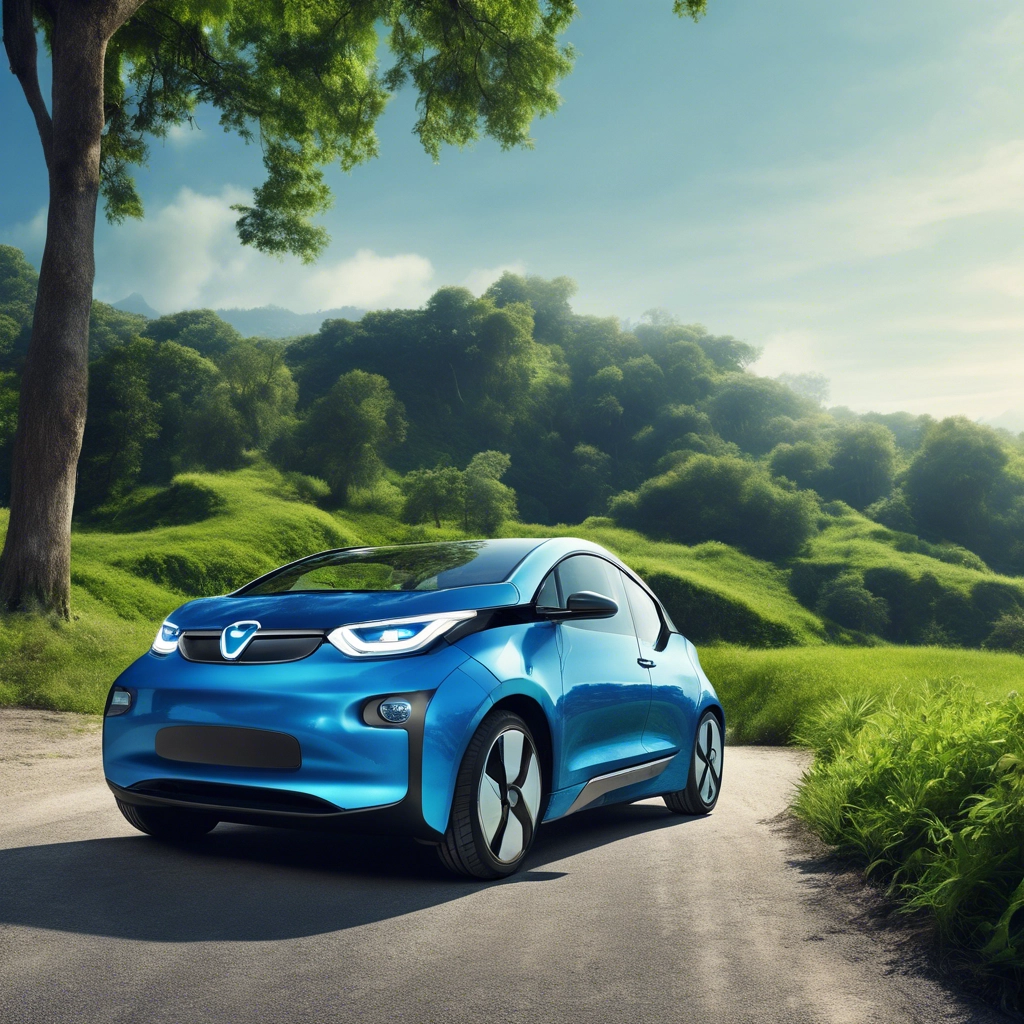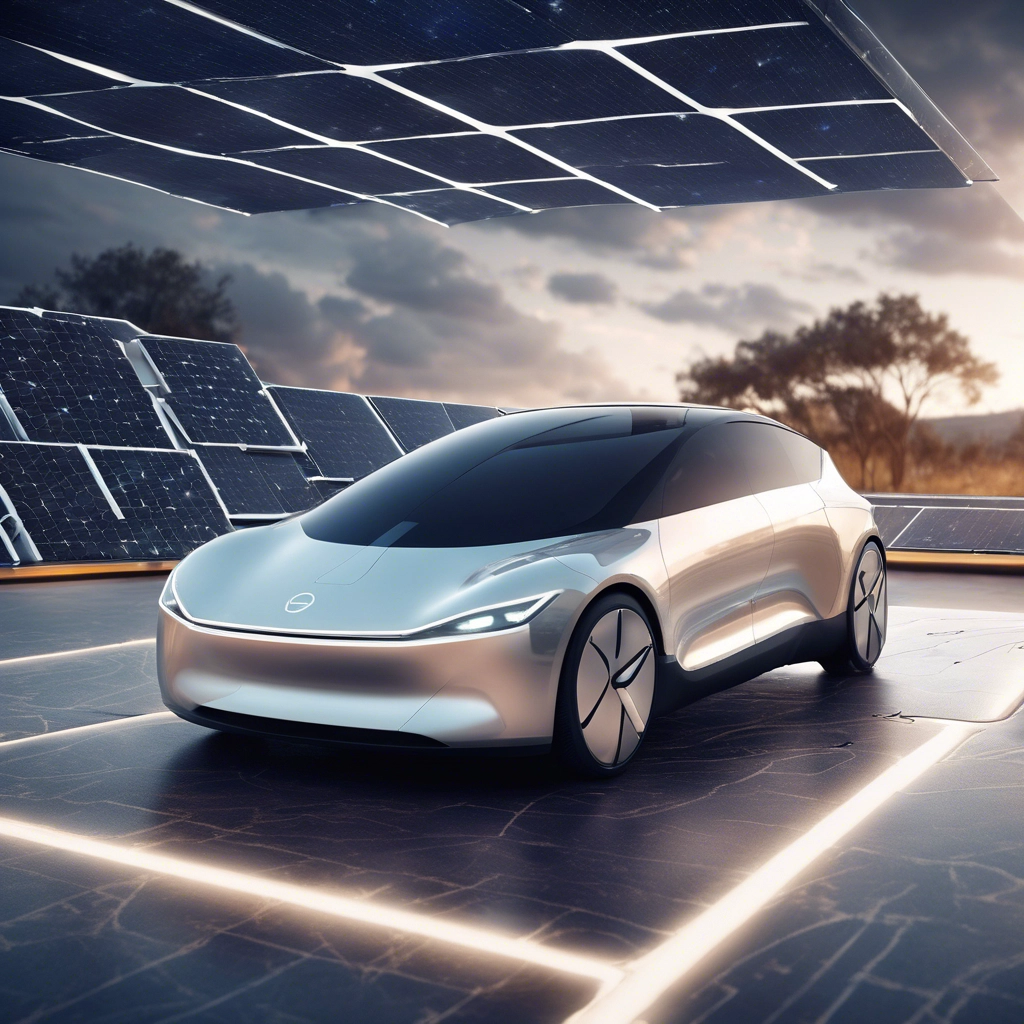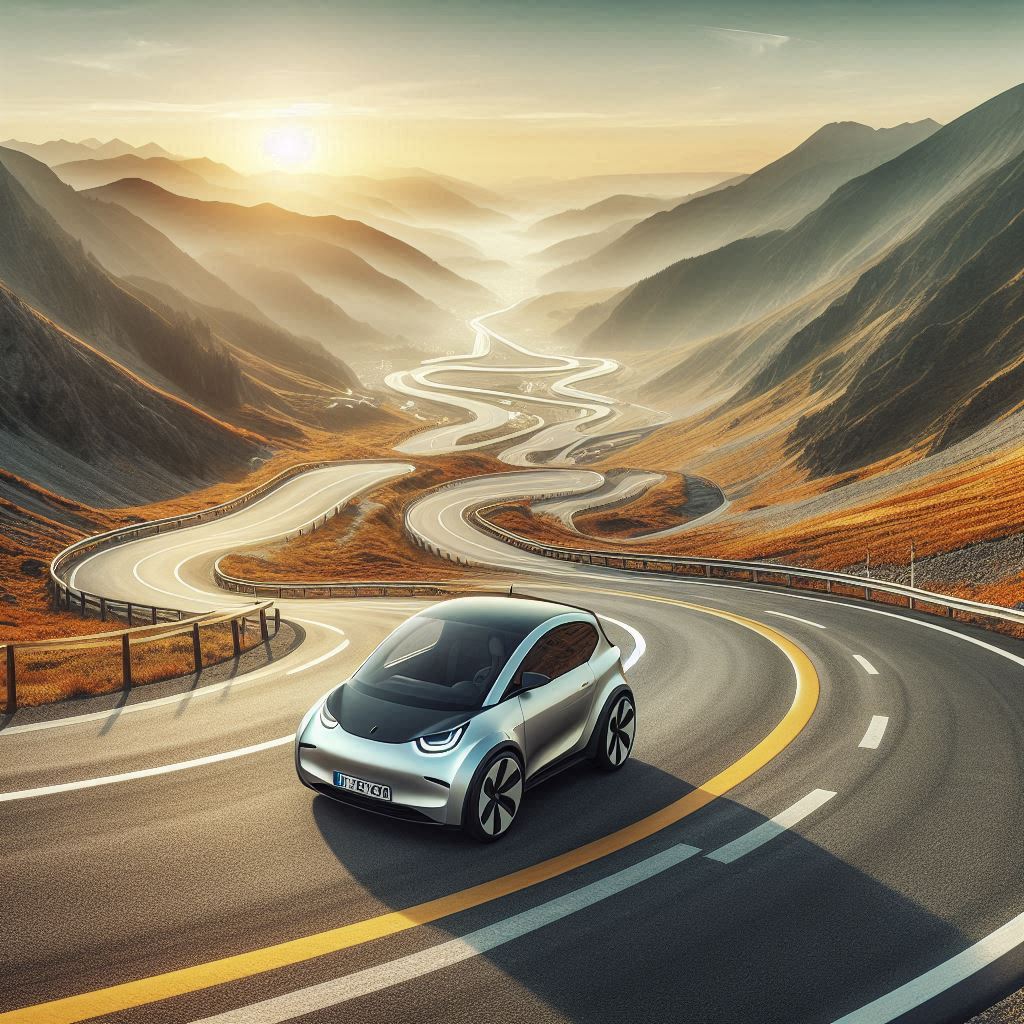There’s a common misconception that electric vehicles (EVs) are out of reach for the average budget. A misconception that they’re only for the elites and rich people. While initial purchase prices may seem high, the long-term savings on fuel and maintenance can significantly offset these costs. With advancements in technology driving prices down and increasing availability of affordable models, you might be surprised to find that an EV could fit comfortably within your financial plan. Let’s explore how choosing an electric vehicle can be a smart and sustainable choice for your future.
The Evolving Driving Range
One of the first considerations isn’t necessarily economic, but practicality, so let’s address that first. The driving range of electric vehicles has significantly improved, easing concerns for potential buyers like you. Today, many new models can travel between 300–600 km on a single charge, easily surpassing the average daily driving need of just 33.2 km. With the average Australian car owner driving about 12,100 km per year, the current electric vehicle capabilities more than meet your typical commuting requirements. Evaluating your own driving habits can help determine your EV suitability.
Addressing Concerns About Longer Trips
Getting back to economics for a minute, the cost of public charging is much higher than charging at home. Especially if you have an off-peak EV rate at home. Public charging costs can get up close to the cost of petrol or diesel, leaving some wondering where the savings are. If you’re totally reliant on public charging, you can shop around for better deals to reduce the cost. The reality for many though is that they will only need expensive public charging when on road trips, which usually make up much less than 20% of total driving kilometers. So saving all that money week to week on your commute, and paying a bit more on longer trips (still usually less than petrol) doesn’t hurt the wallet much in the overall scheme of things.
On those longer trips, you might still worry about the availability of public charging stations. While many drivers charge their vehicles at home, the expansion of charging infrastructure is ongoing to support those longer journeys. While you’re away, remember most of the locals are still charging at home, so demand for public chargers is somewhat reduced. Despite this , some still find challenges in locating chargers during road trips, especially in less populated areas.
Also, it’s important to consider that while finding a public charger can sometimes be an obstacle, many new charging stations are being deployed across highways and popular travel routes. This increased focus on infrastructure aims to alleviate concerns and facilitate smoother long-distance journeys for electric vehicle owners, meaning that your travel options will likely become more convenient over time. As demand rises, these issues are being systematically addressed, aiming for a more sustainable driving experience.
Economic Considerations of Electric Vehicles
It’s necessary to weigh the economic factors when considering an electric vehicle (EV). With the growing market for EVs, many options now offer substantial savings on fuel costs and maintenance over time. Although initial purchase prices might seem high compared to traditional petrol and diesel vehicles, the total cost of ownership often favors electric models as advancements in technology continue to drive prices down.
Initial Purchase Costs
About the pricing trends, electric vehicles are becoming increasingly accessible. While in early 2023, the average price of a new petrol car in Australia was around $41,000, battery electric vehicles were closer to $100,000, often with long wait times. As we get to the tail end of 2024, it’s becoming a very different pricing and availability landscape. There are now 5 EV models below $40,000 with many more on the way, showcasing a significant shift towards affordable EVs. The average cost of an EV is now in the range of $60,000 to $80,000 and dealers are starting to discount as stocks are building. This decrease in prices offers you more viable options than ever before in the growing EV market. As EVs gain in popularity, price parity is becoming a reality. We expect purchase price parity with petrol cars in Australia within the next 2 to 3 years.
Maintenance and Running Costs
I changed from a Kia Sportage to a Kia EV6, which are roughly similar size and capacity, and my first scheduled maintenance at 15,000km was less than 1/3 of the cost ($479 down to $147) when comparing the two. Another $350 in the savings kitty.
I was told there was virtually no wear on the brakes, as all the braking work is being done regeneratively. This will lead to further savings, as having the brake pads replaced and discs machined has traditionally been one of those added expenses added in to every 2nd or 3rd service. Probably another couple of hundred dollars a year in the savings kitty.
Potential Resale Value
Electric vehicles have sparked concerns regarding their resale values, particularly as data indicates a depreciation of about 21% for used EVs in the last year. Factors contributing to this trend include initial high purchase prices and varying buyer priorities at the second-hand level. However, as technology evolves and adoption increases, the resale landscape for electric vehicles will likely shift positively in the coming years. Fears of battery replacement have also been driving resale values down. As fear uncertainty and doubt about battery life give way to facts like batteries will likely outlast the car, the second hand market will start to flourish.
Initial depreciation rates for electric vehicles may create hesitations about long-term investment. However, as market dynamics change, improving technology and dwindling misconceptions could enhance resale values. With a growing share of the EV market and increasing consumer acceptance, future resale performance may not mirror the current trends, providing you a more stable investment than initially anticipated.
Insurance Implications for EV Owners
Some electric vehicle owners might find insurance premiums to be higher than traditional vehicles, typically around 20% more. This increase is largely due to the higher initial purchase price of EVs and the evolving infrastructure for repairs and parts supply. As the market matures and more technicians become trained in EV maintenance, you can expect insurance costs to stabilize and potentially decrease. This shift will likely bring more competitive rates as demand for electric vehicles continues to rise and the supply chain develops further.
Compared to the savings in fuel and maintenance, a couple of hundred extra dollars in insurance is soon forgotten in the overall vehicle budget.
Environmental Impact of Electric Vehicles
Many people mistakenly believe that electric vehicles are harmful to the environment due to the mining of minerals and emissions from production. However, studies indicate that when comparing the full lifecycle emissions, EVs produce far fewer greenhouse gases than traditional petrol and diesel vehicles. Research suggests that many EVs can produce less particulate matter than their fossil-fuel counterparts. Choosing an EV can contribute positively to your environmental footprint.
Emissions and Particulate Matter
Besides common concerns about particulate emissions from electric vehicles, many studies fail to fully account for the total emissions produced by traditional vehicles throughout their lifecycle. While some EVs may produce more particulate matter from their increased weight, they also reduce tailpipe emissions that are more harmful locally. Hence, many scientists argue that it is vital to assess emissions collectively rather than in isolation. Your choice of vehicle can influence air quality in your community.
Ethical Concerns in Supply Chains
Below the surface, some human rights issues may plague the mining of minerals for EV batteries. Many materials, particularly cobalt, are sourced from regions where unregulated mining practices exploit workers, including children. This concern crosses over many industries and EVs seem to have been unfairly singled out. Whether you’re buying an EV, a mobile phone or any other electronic device that uses a battery, you should prioritise manufacturers that promote responsible sourcing and demand corporate accountability to mitigate these ethical dilemmas.
Vehicle, and other batteries batteries, may require cobalt, primarily sourced from the Democratic Republic of Congo, where labor rights abuses are widespread. Research consistently shows a link between battery production and ethical concerns regarding workers’ rights. By choosing EV brands committed to transparency and ethical sourcing, you can help push the industry towards a more sustainable and equitable future. Understanding the sources behind your vehicle’s production can support better industry practices.
Concerned about an EV Myth, check out our EV Myth Busting Guides or post a comment below if we haven’t aready covered your question.
The Future of Electric Vehicles
Your journey toward embracing electric vehicles comes at a pivotal moment. As technology advances, the future of EVs promises enhanced battery capabilities and innovative vehicle-to-grid systems, allowing your vehicle to supply energy to your house and ultimately back to the grid. These advancements could lead to significant reductions in energy costs, making electric car ownership even more appealing. Stay informed about these developments to maximize your investment in an EV.
Technological Innovations and Trends
Above all, emerging technologies in electric vehicles are set to revolutionise energy consumption. Innovations like vehicle-to-grid systems will enable your EV to act as a power source for your home or the grid, thereby reducing your electricity expenses. Enhanced battery technologies will also facilitate faster charging times and longer ranges, which could provide you with greater convenience and savings in the long run. It’s vital to consider how these innovations align with your personal energy needs.
Market Trends and Consumer Adaptation
After observing the rise in electric vehicle adoption, it’s clear that consumer acceptance is growing. Factors such as rising interest rates, favorable government policies, and heightened environmental awareness are contributing to this trend. Data shows that EV sales in Australia continue to rise significantly among various demographics, reflecting a shift in consumer mindset toward sustainability and economic prudence. Assess these market changes to make informed purchasing decisions.
Vehicles from many leading manufacturers are now available in the Australian electric vehicle market, making it easier for you to choose an affordable and reliable option. This shift is highlighting an increasing variety of choices and price points. As the technology matures and supply chains adapt, you can expect even more options and incentives in the near future. Consider your preferences as the EV landscape evolves to find the best fit for you.
Overcoming Barriers to EV Adoption
All potential electric vehicle buyers encounter perceived barriers, such as charging access, affordability, and public perception. You might worry about finding public charging stations, but 90% of EV owners charge at home or work. With prices for EVs starting under $40,000, affordability is improving—especially as average petrol vehicle prices are around $41,000. Public perception is shifting as technology advances and more models become available, allowing you to join a growing community of environmentally conscious drivers actively shaping a sustainable future.
There are a lot of myths around about EVs, check out our EV Myth Busting Guides to dispel some of them.
Think You Can’t Afford an EV? Think Again…
Considering all these points, you may find that an electric vehicle is more accessible than you initially thought. With decreasing purchase costs, lower operating expenses, and evolving technology that enhances convenience, you’re well-positioned to make an informed decision. As charging infrastructure improves and resale values stabilise, your investment in an electric vehicle can contribute to both your savings and a sustainable future. Embrace the potential of EVs and discuss your options today.






